Time travel has long been a fascinating concept, one that fuels the imagination of scientists, writers, and filmmakers alike. While most of us associate it with sci-fi blockbusters or complex quantum theories, what if time travel isn’t just a futuristic dream or theoretical discussion? What if we’re already experiencing subtle forms of time travel in our everyday lives?
This question may sound far-fetched at first, but upon closer inspection, we’ll uncover real-world examples and scientific phenomena that resemble time travel. From the technologies we use daily to the psychological experiences of memory and perception, time travel might already be interwoven into the fabric of our lives.
The Science Behind Time Travel
1. Einstein’s Theory of Relativity
Any conversation about time travel must start with Albert Einstein’s Theory of Relativity. According to Einstein’s equations, time is not absolute. Instead, it is flexible and can be influenced by speed and gravity. This has profound implications for time travel.
For instance:
- Time Dilation: When you travel at speeds close to the speed of light, time slows down for you relative to someone who remains stationary. This has been experimentally verified using atomic clocks on airplanes and satellites.
- Gravitational Time Dilation: Time moves more slowly in stronger gravitational fields. This means that astronauts on the International Space Station (ISS), where gravity is weaker, experience time slightly faster than people on Earth. Over a year, the difference is minuscule, but it’s real.
2. Quantum Mechanics
Quantum physics, the study of the very small, introduces even stranger possibilities. Phenomena like quantum entanglement and superposition challenge our understanding of time and causality.
- Quantum Entanglement: Two entangled particles influence each other instantaneously, regardless of distance. This appears to violate the laws of time and space, hinting at connections beyond conventional understanding.
- Retrocausality: Some interpretations of quantum mechanics suggest that effects can precede their causes, essentially allowing the future to influence the past.
While these phenomena are primarily observed at the subatomic level, they open the door to a universe where time travel might not be as far-fetched as it seems.
Everyday Examples of “Time Travel”
1. GPS Technology
One of the most tangible examples of time dilation in action is the Global Positioning System (GPS). The satellites that power GPS technology orbit Earth at high speeds and experience weaker gravity than we do on the ground. As a result, their onboard clocks tick slightly faster than clocks on Earth.
To ensure accuracy, these differences—amounting to microseconds—are corrected using Einstein’s equations. Without these adjustments, GPS would quickly become unreliable, underscoring how relativity—a form of time travel—is already integrated into our daily lives.
2. Long-Distance Communication
Ever noticed the slight delay during an international video call? While this is often attributed to network latency, there’s also a fundamental time travel aspect: the data packets carrying your voice and video signals traverse vast distances almost instantaneously, creating a tiny temporal disconnect between you and the recipient.
In a sense, this technology bridges not only space but also tiny gaps in time, allowing us to communicate across continents in near real-time.
3. Memories: Traveling Through Time in Your Mind
Memory is one of the most intimate forms of time travel we experience. When you recall a vivid memory, your brain essentially transports you back to a previous moment, complete with sights, sounds, and emotions.
Similarly, when we plan for the future, we mentally project ourselves forward in time. Neuroscientists refer to this as “mental time travel,” a cognitive ability unique to humans.
4. Sleep and Dreams
Have you ever fallen asleep and woken up feeling as if no time had passed, despite hours going by? Sleep compresses our perception of time, creating a subjective experience of time travel.
Dreams take this further. In dreams, we often experience distorted timelines, jumping between past, present, and imagined futures. This dream-like “time travel” has intrigued psychologists and philosophers for centuries.
5. Deja Vu
Deja vu, the uncanny feeling that you’ve already experienced a moment before, is another psychological phenomenon that resembles time travel. While its exact cause remains debated, some theories suggest it’s a glitch in the brain’s memory processing, creating the illusion of reliving a past event.
Time Travel in Technology and Media
1. Predictive Algorithms
Machine learning and AI have given us tools that seem to predict the future. For example:
- Streaming Services: Platforms like Netflix and Spotify use algorithms to predict what you might watch or listen to next, shaping your future actions.
- Stock Market Analysis: AI systems analyze historical data to predict market trends, helping investors make decisions about the future.
These technologies don’t literally time travel but simulate a form of foresight, guiding us through an anticipated future.
2. Virtual Reality (VR)
VR technology allows us to step into simulated environments that can represent the past or future. For instance:
- Historical Reenactments: VR experiences recreate historical events, enabling users to “time travel” to ancient civilizations or pivotal moments in history.
- Future Projections: Architects and urban planners use VR to visualize future cityscapes or buildings, effectively traveling forward in time to explore potential outcomes.
Cultural and Philosophical Perspectives
1. Time in Eastern Philosophy
Eastern philosophies, such as Buddhism and Hinduism, often view time as cyclical rather than linear. This perspective aligns with modern physics concepts, where time loops and closed timelike curves are theoretical possibilities.
2. Indigenous Perspectives
Many Indigenous cultures perceive time as interconnected, with the past, present, and future existing simultaneously. This holistic view resonates with Einstein’s notion of spacetime and suggests that time travel might be more about perspective than physical movement.
Real-Life Anecdotes
1. Premonitions
There are countless anecdotal stories of people having premonitions or prophetic dreams that later come true. While skeptics attribute these to coincidence, others view them as glimpses into future timelines.
2. Near-Death Experiences (NDEs)
Many individuals who have had NDEs report experiencing a “life review,” where they relive past events in vivid detail. Some also describe seeing future events, raising questions about the nature of time and consciousness.
Challenges and Ethical Questions
If time travel were to become a reality beyond these subtle forms, it would raise profound ethical dilemmas:
- Causality: Could altering the past create paradoxes or unintended consequences?
- Access: Who would control time travel technology, and how would it be regulated?
- Privacy: If the past and future become accessible, what happens to personal privacy?
Conclusion
While we may not have flux capacitors or wormholes in our garages, subtle forms of time travel already permeate our lives. From the scientific principles behind GPS to the psychological experiences of memory and dreams, time travel is more than a sci-fi fantasy; it’s a real, albeit nuanced, part of our reality.
As technology advances and our understanding of time deepens, who knows what the future holds? Perhaps we’re already on the brink of unlocking the secrets of time travel, one scientific breakthrough at a time. Until then, every moment we live, every memory we recall, and every dream we dream is a journey through time.
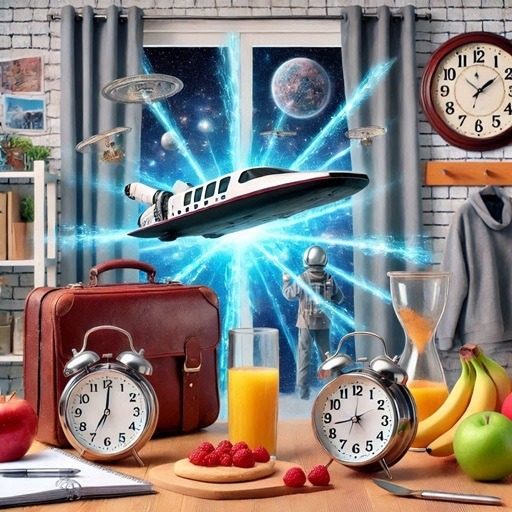
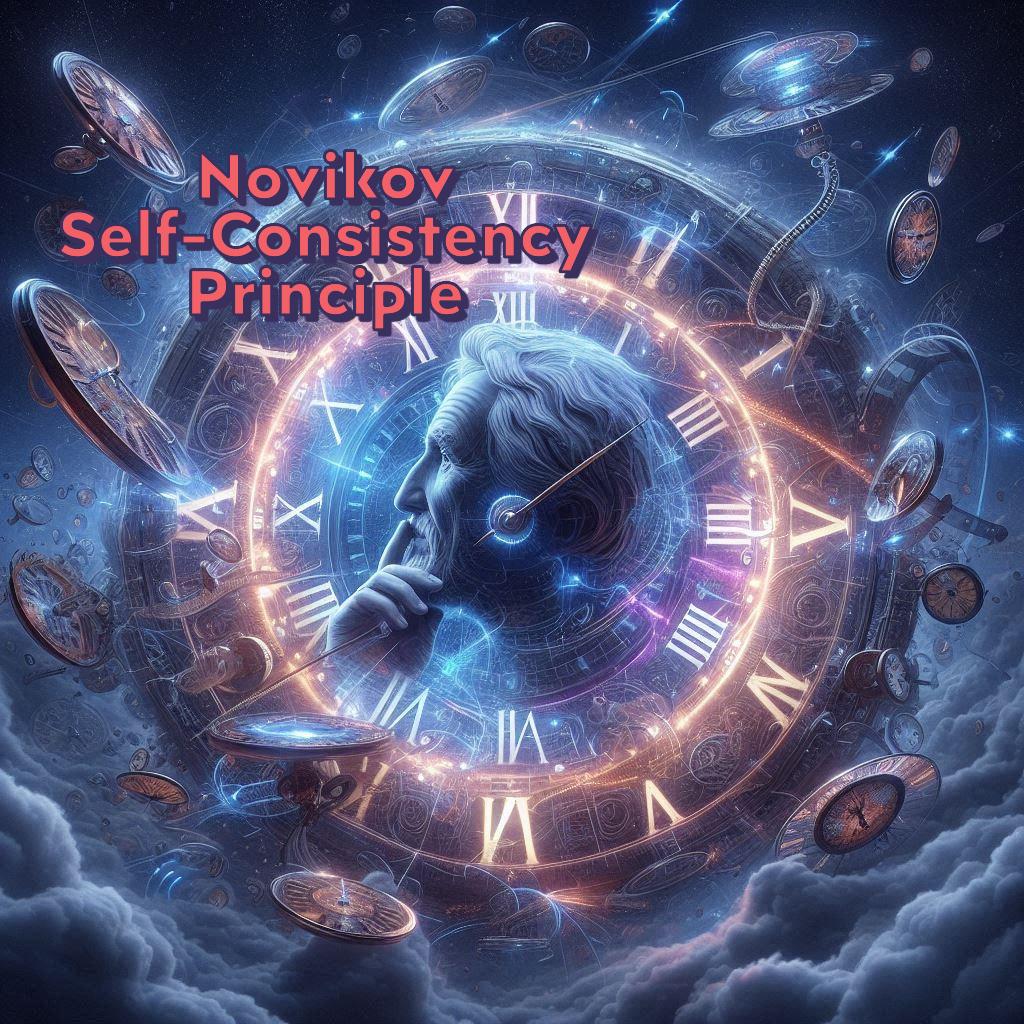
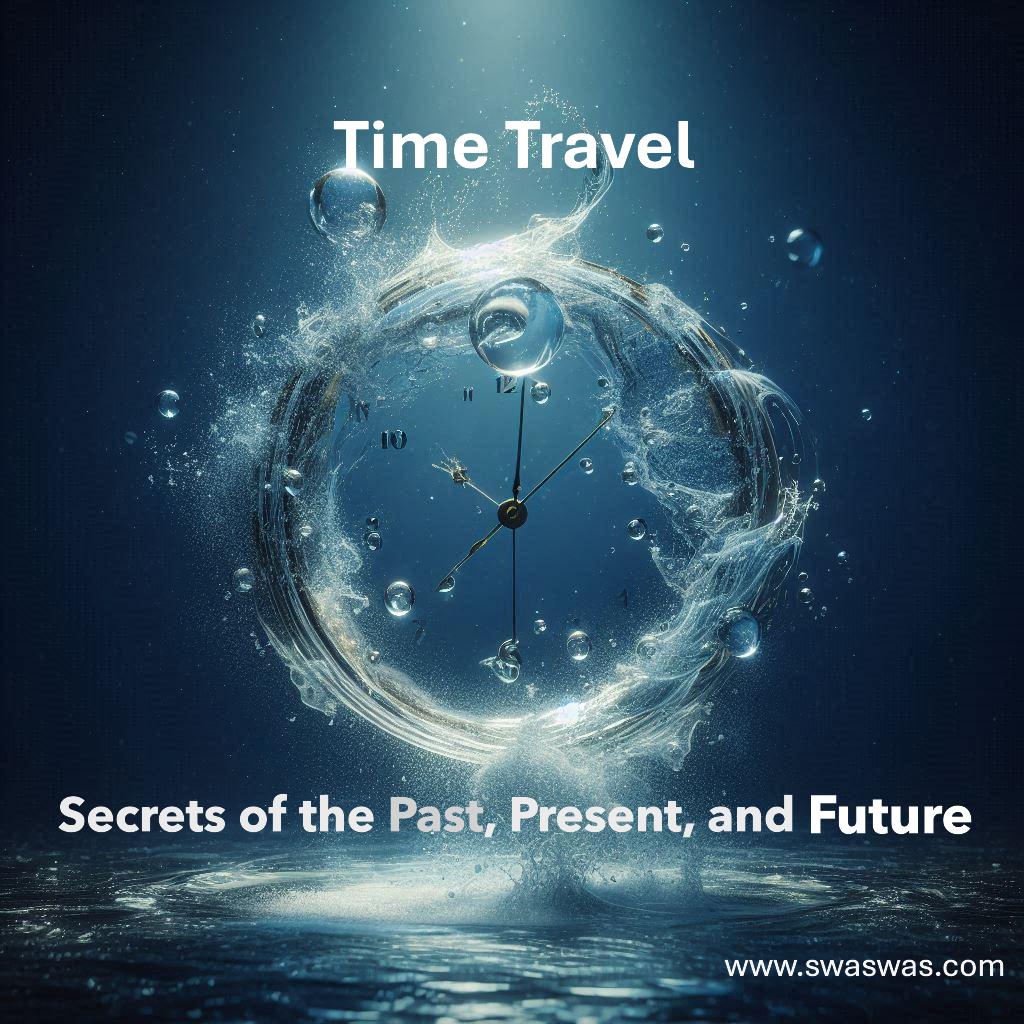

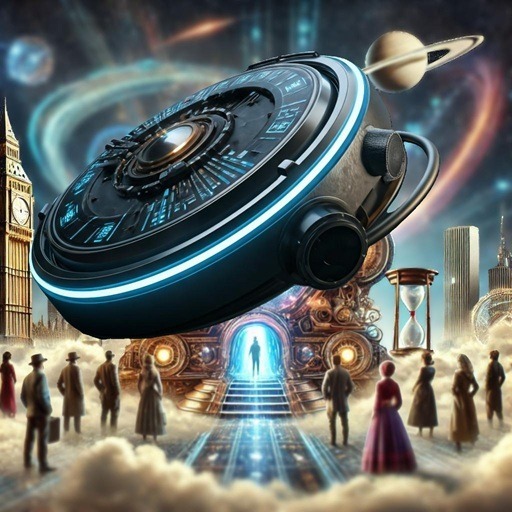








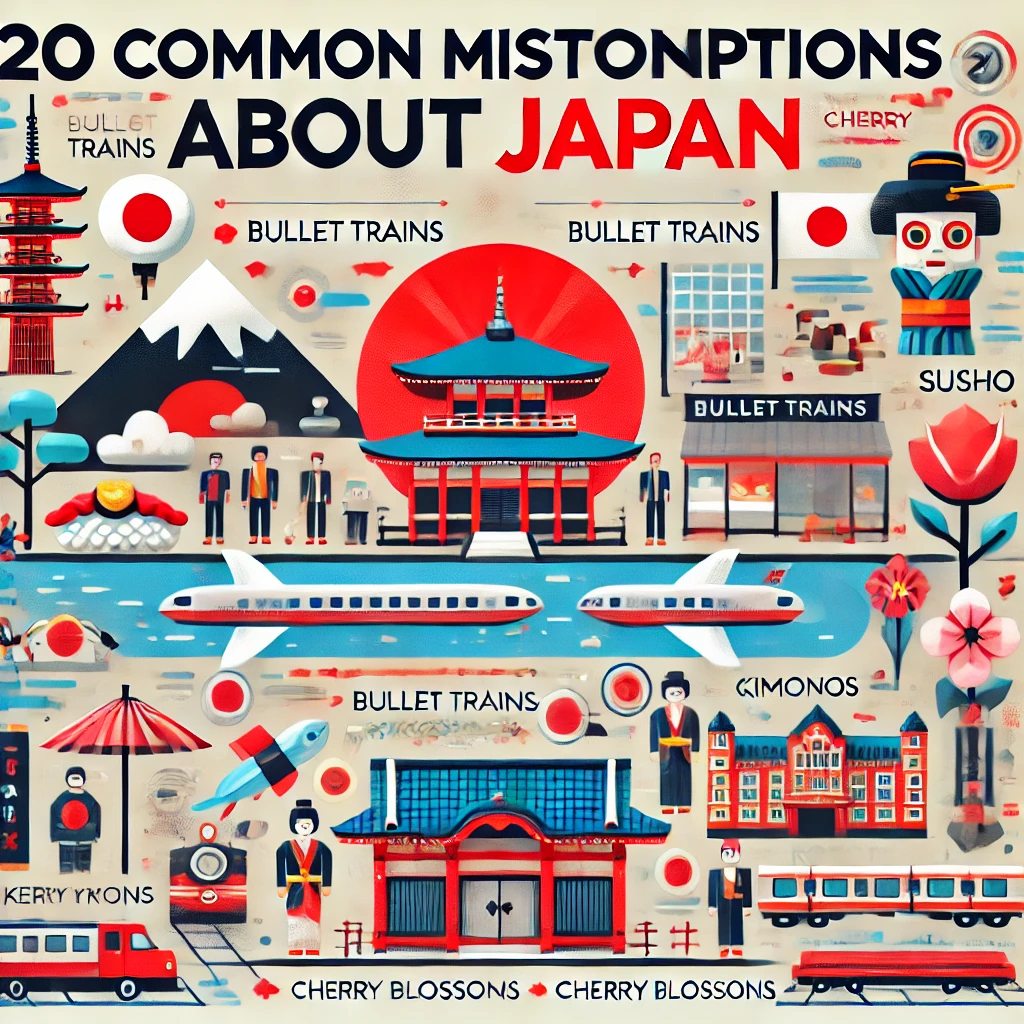

Leave a Reply